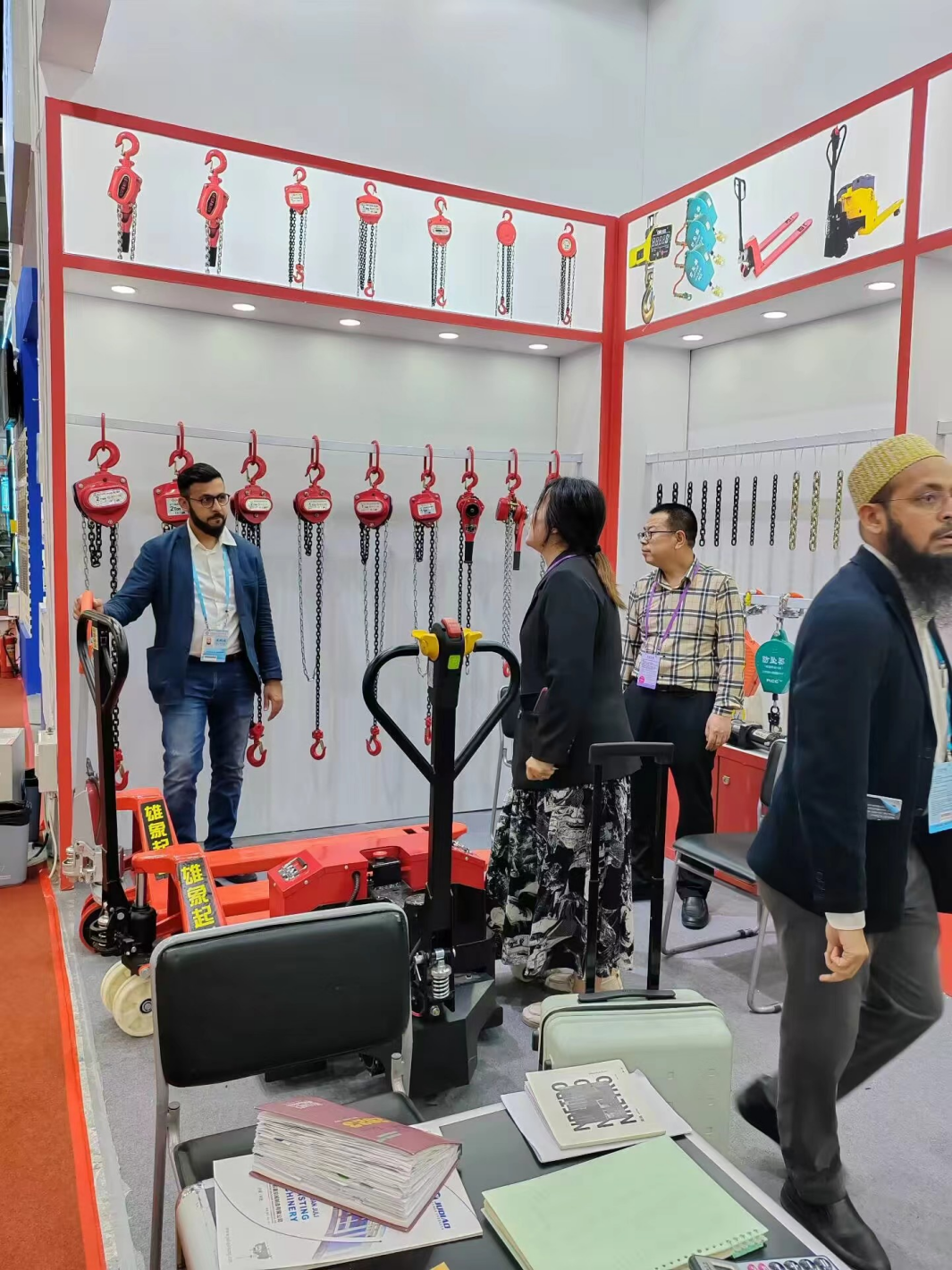


Fall Protection Tools Ensuring Safety in the Workplace
In various industries, especially construction and maintenance, the risk of falls remains a significant threat to workers' safety. To mitigate this hazard, fall protection tools are indispensable. These tools not only comply with safety regulations but also play a crucial role in preventing injuries and fatalities associated with falls. Understanding the various types of fall protection tools and their proper use is essential for creating a safe working environment.
Types of Fall Protection Tools
1. Personal Fall Arrest Systems (PFAS) This system is designed to stop a fall before the worker hits the ground. A typical PFAS includes a full-body harness, anchor points, and lanyards. The harness should be fitted correctly to ensure that in the event of a fall, it distributes the forces of the fall evenly across the body.
2. Guardrails Installing guardrails around elevated work areas is one of the most effective ways to prevent falls. These barriers provide a physical boundary that keeps workers from the edge, making it a primary line of defense in fall protection.
3. Safety Nets Safety nets are deployed below high work areas to catch workers who might fall. They must conform to specific standards regarding their strength and installation to be effective. Properly installed safety nets greatly reduce the risk of serious injury during falls.
4. Lanyards and Lifelines These are used in conjunction with harness systems. Lanyards connect a worker's harness to an anchor point, while lifelines provide a way for workers to move safely along a designated path. Both are essential for maintaining mobility without compromising safety.

5. Harnesses There are various types of harnesses available, including full-body harnesses which distribute the force of a fall over the entire body. Choosing the right type of harness for specific tasks is critical in ensuring protection against falls.
Importance of Training and Implementation
To maximize the effectiveness of fall protection tools, proper training and implementation are crucial. Employers must provide comprehensive training programs that educate workers about the risks associated with their work environments, how to use fall protection tools correctly, and the importance of adhering to safety protocols.
Moreover, routine inspections of fall protection equipment are vital to ensure functionality and compliance with regulatory standards. Equipment that shows wear or damage must be replaced immediately to prevent failures that could lead to accidents.
Conclusion
Investing in fall protection tools is not just a regulatory requirement; it is a commitment to safeguarding the workforce. By understanding and properly utilizing these tools, and by providing adequate training and regular equipment checks, employers can mitigate fall risks significantly. The objective is clear to foster a culture of safety where every worker feels secure in their environment. After all, the health and well-being of employees should always be a top priority, and effective fall protection is a fundamental part of that commitment.



